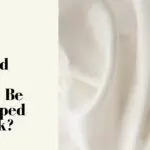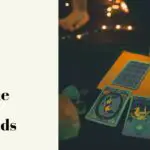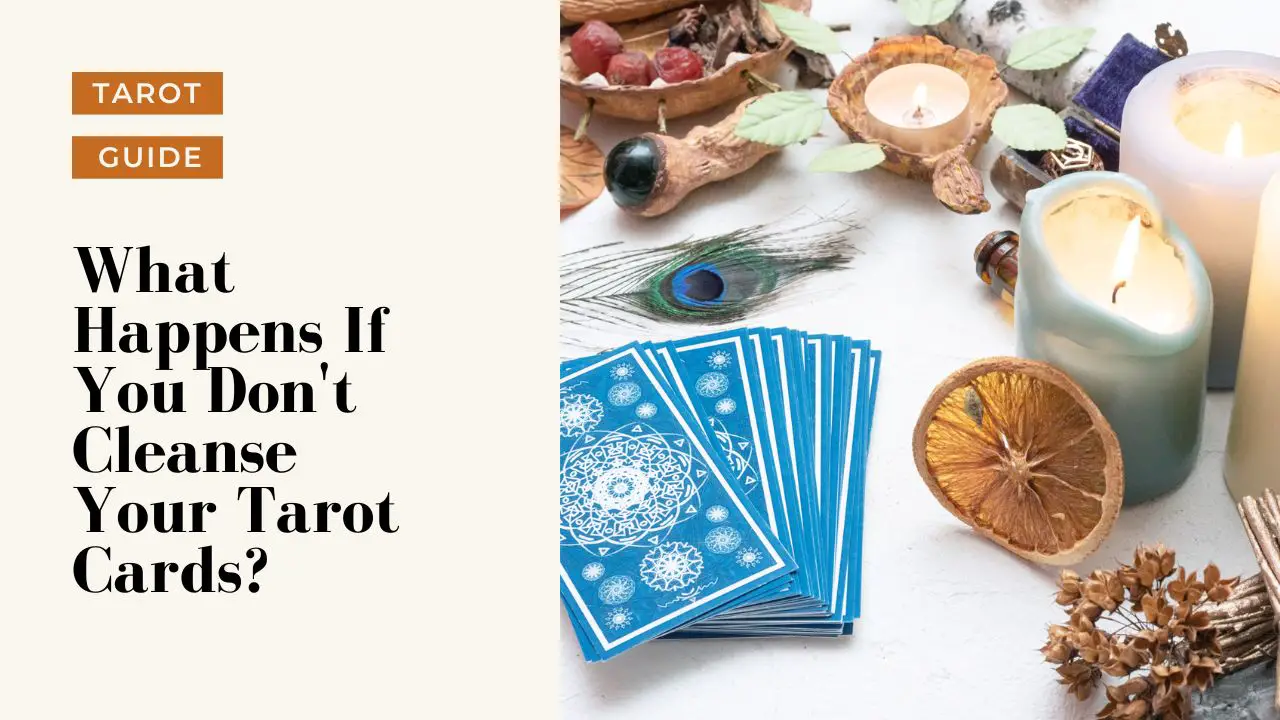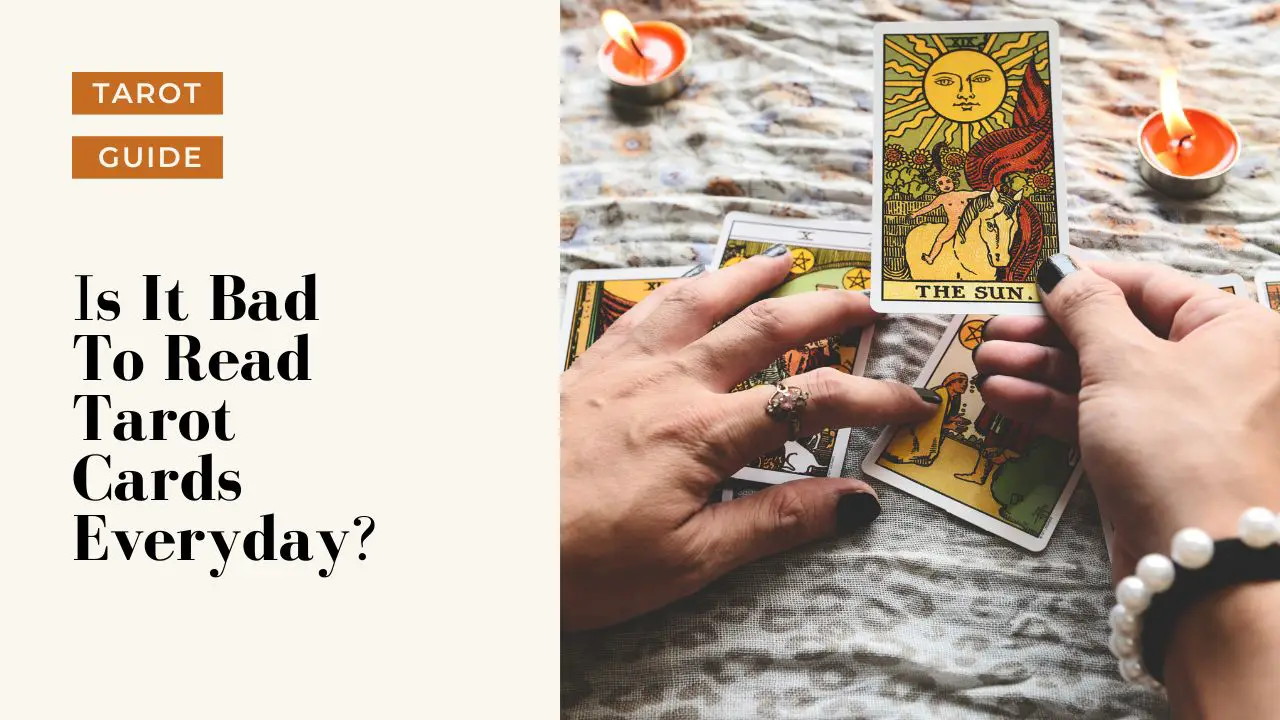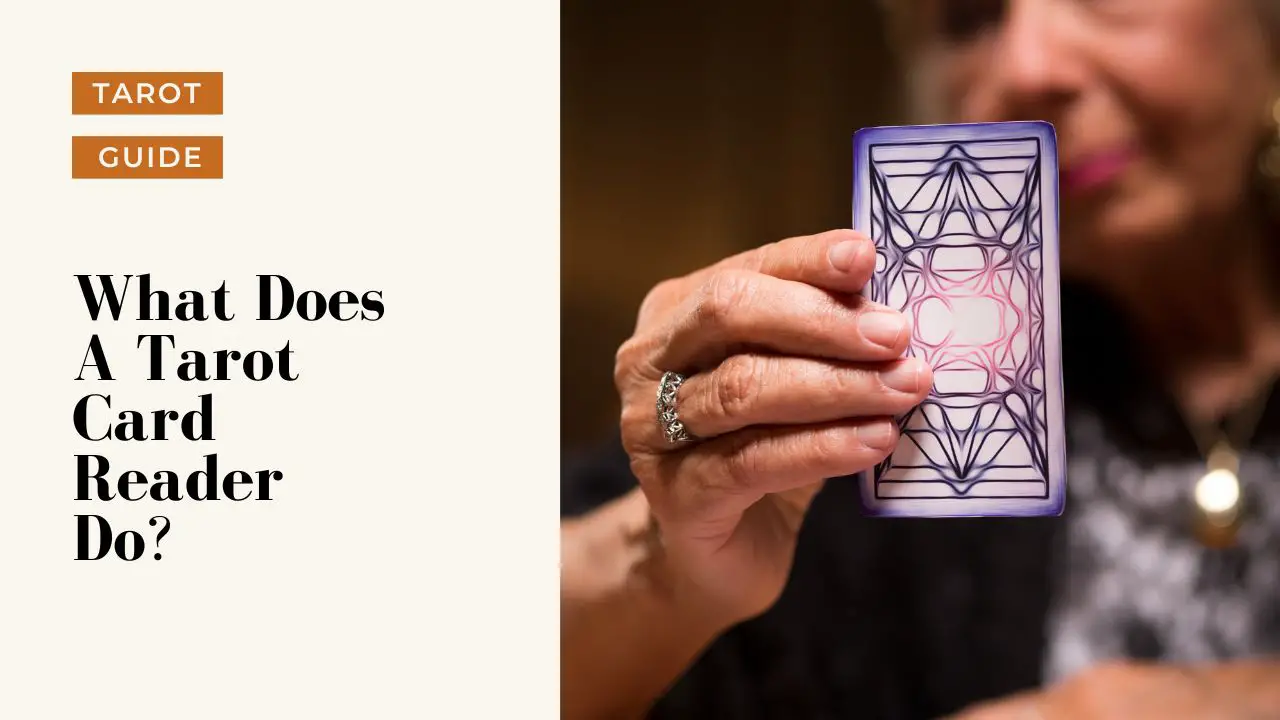When dealing and reading tarot cards for another person, you will need to decide in advance whether the cards should be laid out in front of you, in front of the querent, or in some other way. Our article runs through some of the main options and key considerations to help you make this decision.
Should tarot cards face the reader? Most tarot readers lay out cards facing themselves. While there are advantages to this practice, it is not the only option available. Cards can be laid out facing the querent, or the querent and reader may sit side by side and view the cards from the same direction. If a reader is not using card reversals, the direction in which the cards are laid out may be less relevant.
What is the best direction to lay out tarot cards?
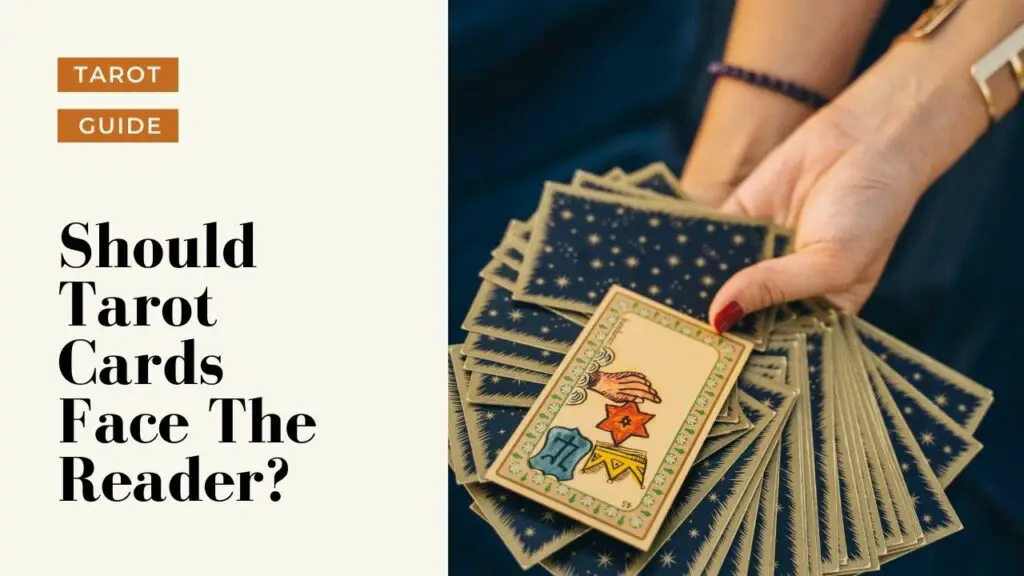
There is no definitive rule on the direction for laying out tarot cards although the majority of readings are laid out with the spread facing the reader. When looking at the main options, there are a range of factors you should bear in mind.
Facing the reader
Laying out the cards facing the reader is usually the quickest and simplest option. Unless the reader is adept at reading images and text upside down, it will allow them to give a more focused and fluent reading because they are not having to transpose cards in their heads.
This layout also guides the querent to focus on the interpretation of the reader as much as on the imagery of the card. Where a querent is unfamiliar with tarot and perhaps likely to misunderstand or misinterpret the symbolism of key cards (e.g. Death), this may be a psychologically safer option.
Facing the querent
Setting out cards to face the querent might be considered in some circumstances, perhaps if the querent is also a tarot reader and you will be working together on a shared interpretation, or if they have requested such a spread for some other reason.
Setting out the cards to face the querent might also engage some people more actively in the interpretation and help them to confront subconscious or difficult thoughts or feelings more directly.
In most cases, reading a set of cards upside down will be an additional cognitive effort for the reader. Unless you are very comfortable reading upside down, the extra task could distract from the interpretation and lead to mistakes or misunderstandings, especially if you misread a reversal.
Facing both reader and querent
A third option could be for the reader and querent to sit alongside one another and have the cards laid out facing both parties. This option gives both reader and querent the same view of the cards and leaves no room for confusion over whether cards are upright or reversed, or on the left or right.
Online readings
In the modern world, you may well be conducting a tarot reading over the internet. When you are in different locations it’s even more important to agree or explain card layout in advance, including what the querent should expect to see. Make sure you set up your table and adjust your camera carefully to capture the full picture of the spread in sufficient detail.
Can you read the same spread from either direction?
In a traditional set-up where reader and querent sit opposite one another, their view of a tarot card spread is different, in the same way that a mirror image is different from the object being reflected.
Cards on the reader’s right, will lie on the querent’s left, and cards on the bottom will be at the top. Reversed cards will be viewed upright and vice versa. While you can read the cards from either reader or querent perspective, you can’t mix and match between them unless you’re not using reversals and left/right and up/down don’t matter for some reason.
To ensure clarity and focus, decide beforehand which spread you will use and how you will lay it out in relation to reader and querent.
Do cardinal directions matter in tarot reading?
Compass point orientation may be an influencing factor for some tarot readers and this is something for each individual to explore and decide for themselves.
North, south, east and west all have their own traditional and mystical associations, sometimes varying according to local geography. If you are trying to align your thinking and tarot readings with the workings of a particular tradition, you may want to set up a table for your readings in a specific direction which places reader and querent at set compass points.
Conclusion
As the reader, only you can decide the direction in which the tarot cards should face during a reading. As a beginner, it may be best to practice with cards facing you until you feel comfortable with instantly recognizing cards, including reversals, regardless of orientation. If reading upside down does not present a significant obstacle for you, then both options are always open.
Still struggling with your readings? Try one of Kasamba’s top rated readers.
Try them out today for FREE with 3 free minutes plus 50% off your first reading!
Get the Ultimate Tarot Card Combinations Pack
The Tarot Happy eBook Pack is available now for instant download.
With 78 eBooks covering all tarot pair meanings, this pack is a comprehensive guide on using tarot for introspection, self-understanding and inner growth.
$1.99 $24.99
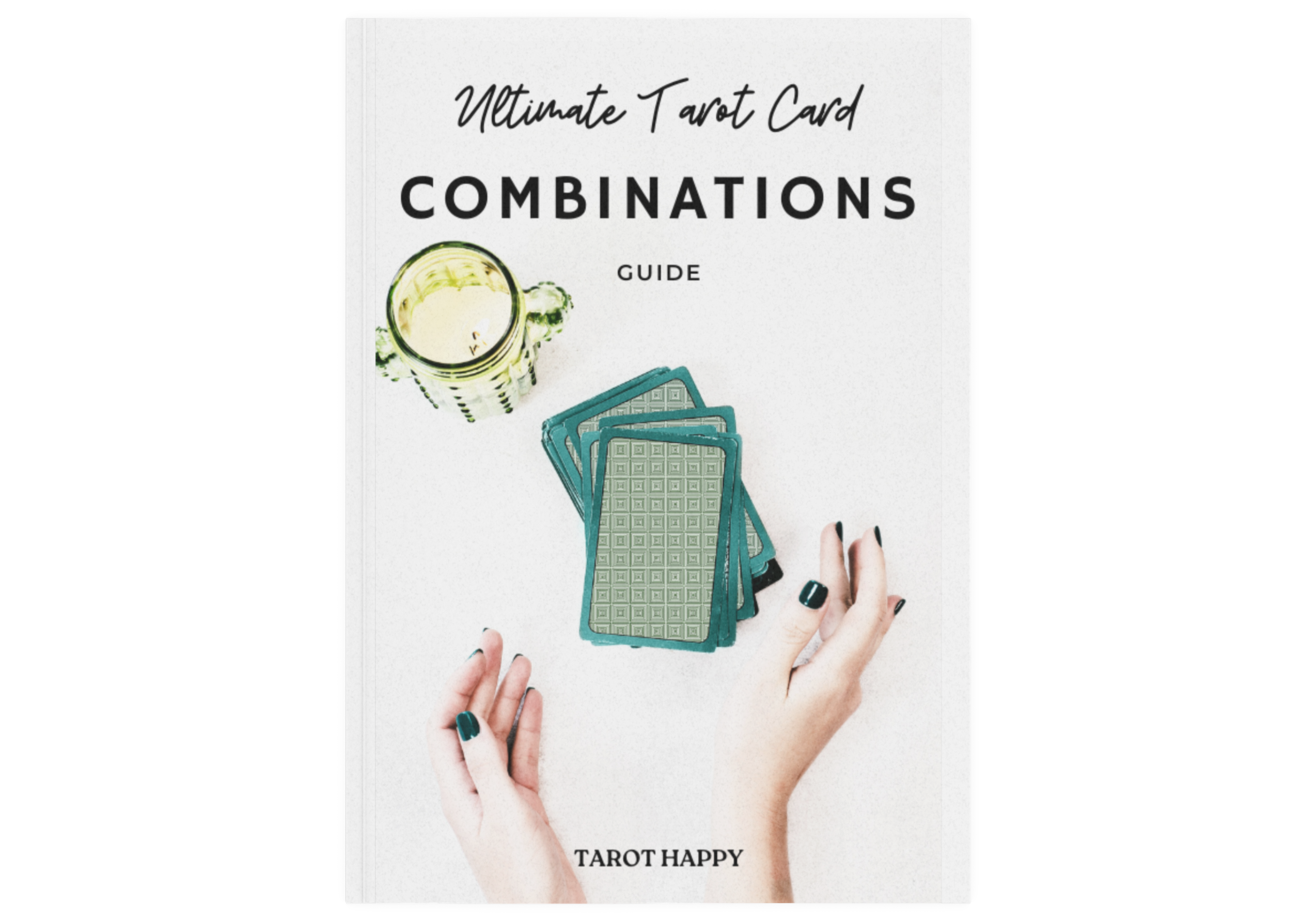

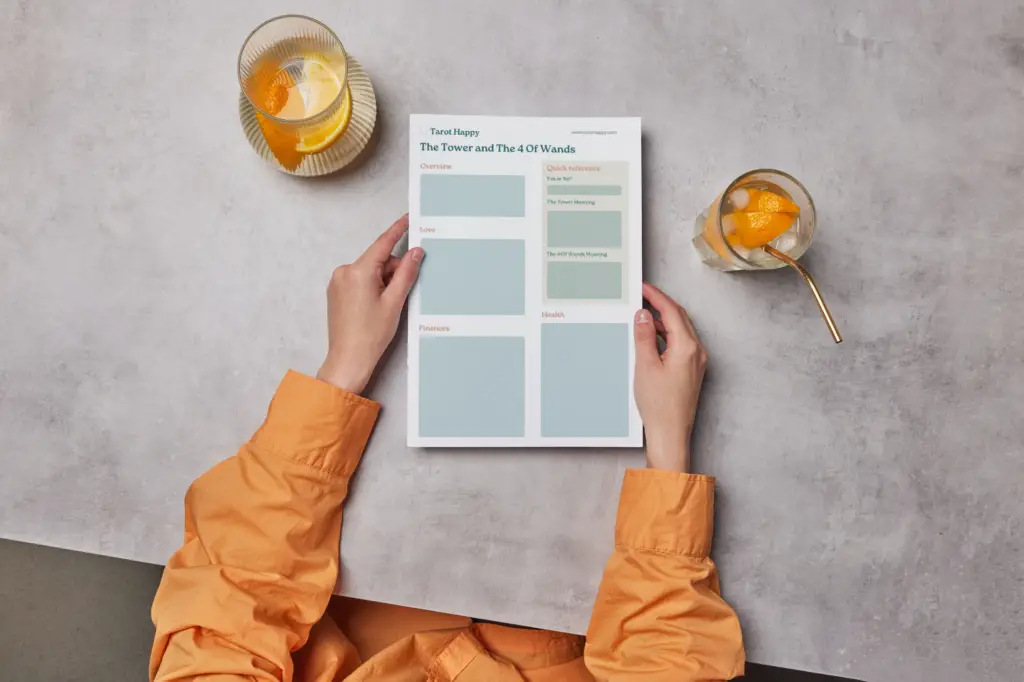
The pack contains an eBook for each of the 78 cards in a tarot pack.
Each eBook focuses on all the combinations for a single card, with overview of meanings for:
- “Yes or No”
- Key words and phrases that describe the combination
- Meaning for Love
- Meaning for Finance
- Meaning for Health and Relationships
Unlock the Mysteries of Tarot with Our Comprehensive 78 eBook Pack
Are you ready to take your Tarot reading abilities to the next level? It’s time to upgrade your spiritual toolbox with our extensive 78 eBook Pack. Each eBook is crafted to detail the meaning of every single Tarot card combination!
Venture beyond the basic meanings of the cards and delve into the intricate, layered symbolism each combination offers.
From beginner enthusiasts to advanced practitioners, this ultimate Tarot eBook pack will enhance your understanding, foster deeper connections with the cards, and improve your readings in a way that no other guide can.
Save over $20 if you buy today!
$1.99 $24.99

